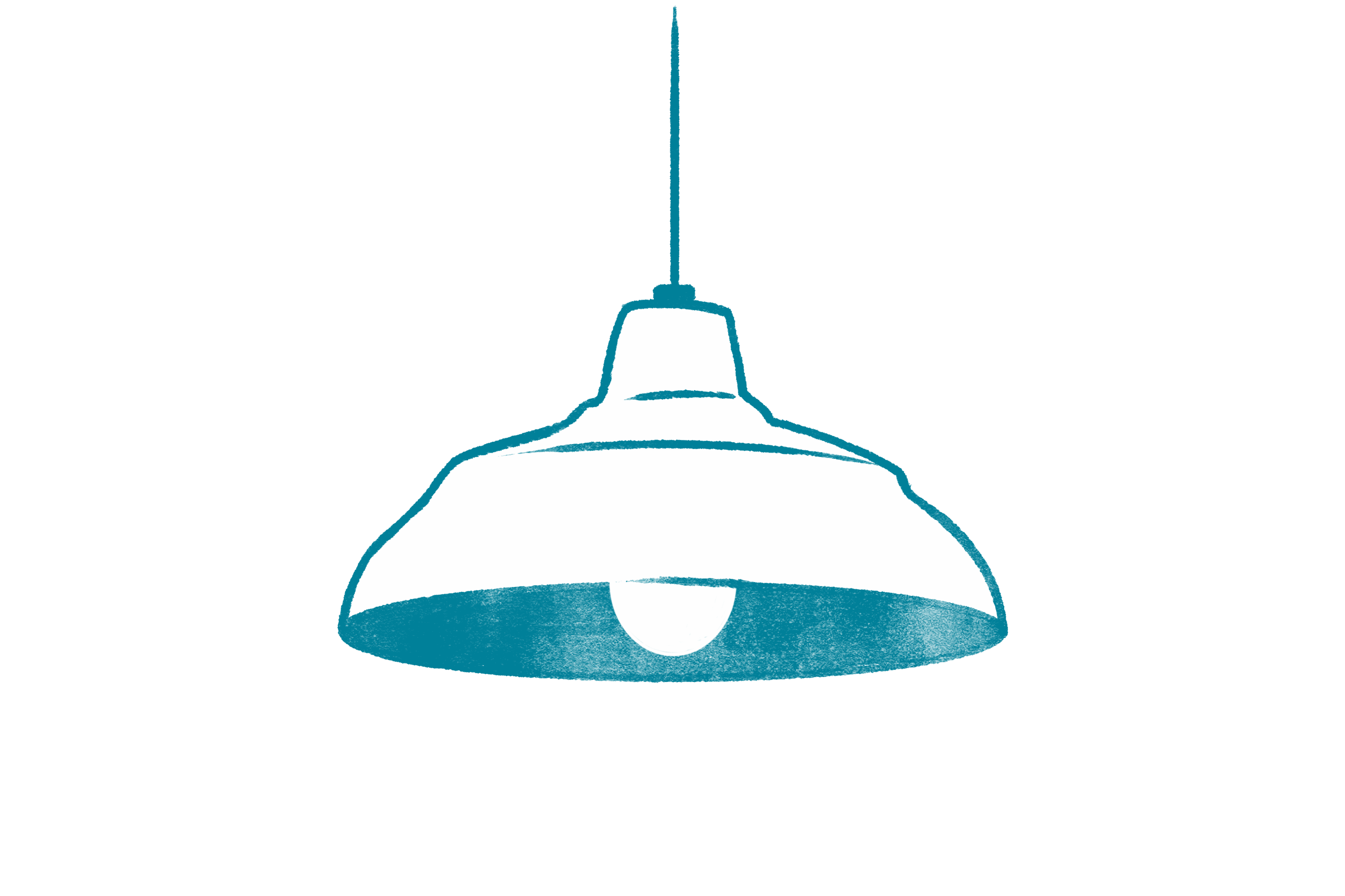Dishwashers are usually connected to the plumbing. Water is pumped into the spray arms, which spin during the wash cycle. These arms can clog or break.
Most dishwashers use 4-6 gallons of water and 1,800 watts of electricity per cycle. Good maintenance can help with efficiency and save money. Watch for leaks. Even a slow leak can damage your home.


